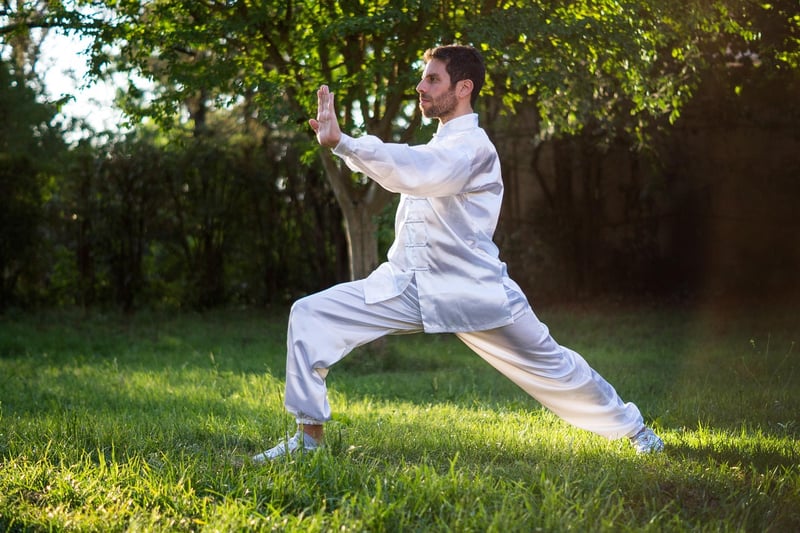Tai Chi Chuan
The Art of Tai Chi Chuan: Gentle Martial Art Movements
Tai Chi Chuan, often simply referred to as Tai Chi, is a form of martial art that is known for its slow and graceful movements. Unlike more intense martial arts, Tai Chi focuses on relaxation, breathing, and flowing movements to promote inner peace and harmony. Let's explore the gentle art of Tai Chi Chuan and its benefits.
History of Tai Chi Chuan
Tai Chi Chuan originated in China as a martial art and a form of self-defense. It is believed to have been developed by Taoist monk Zhang Sanfeng in the 12th century. Over the centuries, Tai Chi has evolved into a practice that combines martial arts, meditation, and traditional Chinese medicine.
The Principles of Tai Chi Chuan
At the core of Tai Chi Chuan are the principles of softness, balance, and relaxation. Practitioners focus on slow, deliberate movements that flow from one to the next without pause. The emphasis is on internal strength, mindfulness, and the cultivation of Qi, or life energy.
Benefits of Tai Chi Chuan
Practicing Tai Chi Chuan offers a wide range of physical, mental, and emotional benefits. Some of the key benefits include:
- Improved balance and flexibility
- Reduced stress and anxiety
- Enhanced relaxation and mindfulness
- Increased energy and vitality
- Boosted immune system
Getting Started with Tai Chi Chuan
Whether you are a beginner or an experienced martial artist, Tai Chi Chuan can be practiced by people of all ages and fitness levels. Classes are widely available at community centers, martial arts studios, and online platforms. It is recommended to start with a qualified instructor to learn the proper form and technique.
Experience the Serenity of Tai Chi Chuan
Immerse yourself in the gentle movements and flowing energy of Tai Chi Chuan. Discover a martial art that not only strengthens the body but also calms the mind and nurtures the spirit. Embrace the ancient wisdom and modern benefits of Tai Chi Chuan today.

Learn more about Tai Chi Chuan and its transformative power here.
